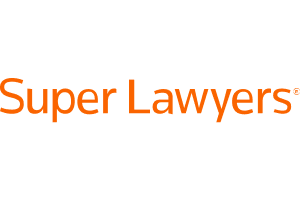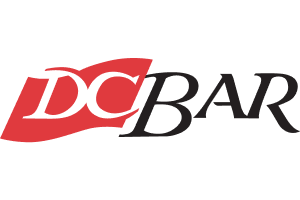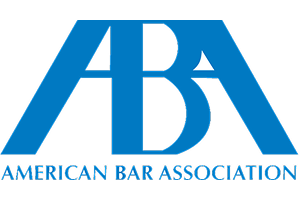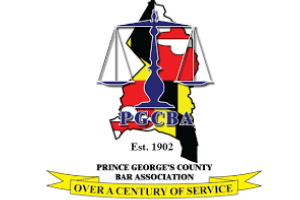Your Family
Disposition of the Claim
Many claims settle before a lawsuit is filed. Most attorneys will send a demand letter to the insurance company that addresses the liability issues in the case, outlines the injuries, medical treatment and bills, sets forth the lost wage claim and demands a sum certain to settle the claim. When the insurance adjuster assigned to the claim receives the demand he/she evaluates the case and offers a suggested amount that he/she thinks the case may be worth. Sometimes this process is handled by a computer with the adjuster simply entering information into a computer program. In any event, the adjuster’s supervisor will review what is done and may take the evaluation to a committee of supervisors to discuss. However the insurance companies evaluate a claim, eventually the adjuster is given his/her marching orders as to how much authority he/she has to settle the case. Negotiations thereafter begin and the experienced attorney can usually determine rather quickly if negotiations are going to get anywhere in the case. If negotiations fail to result in a settlement, sometimes the parties can agree to (1) mediate or (2) arbitrate. Otherwise, a lawsuit is filed.
Mediation is not binding on either party. Essentially the parties agree on a neutral mediator to see if the mediator can bring the parties together and achieve a compromise settlement. Often, various courts have required mediation conferences with retired judges. There is no requirement to settle the case at the mediation as any such settlement is completely voluntary.
If mediation is not use, the parties can also use either binding or non binding arbitration. Non binding arbitration is very much like a mediation except that in a mediation many mediators take the position that they will not offer an opinion in the ultimate value of a case. In a non binding arbitration the arbitrator will assign a value to the case although that value is not binding on a party. We prefer mediation to non binding arbitration because one or both parties are usually upset with the arbitration result and positions harden to the point where settlement is unlikely. Anything said in a mediation conference or a non binding arbitration is usually not allowed to be repeated at trial of the case. This is done so everyone can be open and completely honest in their evaluation of the case in an attempt to settle it.
A binding arbitration is just as it sounds, binding upon the parties. Usually, in personal injury cases, a binding arbitration may have what is called a high-low that the arbitrator is not told about prior to the award. The arbitrator would hear the evidence from the plaintiff and defendant, read the medical records, review the medical bills and lost wage information and render a decision. Whatever the decision is becomes binding on all the parties but is subject to any prior high-low agreement between the parties. Frequently, the insurance companies want to limit the exposure of their insured. Likewise, the plaintiff may want to make sure his/her medical bills, at least, will be paid. There may be other motivation as well including the possibility of losing the case at trial. In any event, assume the parties agree on a high-low of $ 25,000-$50,000. This means that no matter what the arbitrator puts as the value of the case, the plaintiff will never receive lower than the low or higher than the high. Of course if liability remains contested, there may be no recovery depending on the agreement of the parties. If the arbitrator awarded $ 62,000 the plaintiff would only receive the agreed upon high of $ 50,000. If the arbitrator awarded $ 18,500, the plaintiff would receive the agreed upon low of $ 25,000. If the arbitrator awarded anything between the high and the low, the plaintiff would receive exactly what the arbitrator awarded. The good part of a high low arbitration is that there is usually a guaranteed recovery unless liability remains in dispute. Another good thing about the arbitration is that both attorneys have to agree upon the arbitrator to be used. That means that the experienced attorney will not agree to an arbitrator who is commonly understood to favor defendants or insurance companies. Usually, both parties get a reasonably fair result in an binding high-low arbitration.
Of course, the ultimate manner in which to conclude a case is a trial. This usually involves either a judge or a jury. Where a jury is involved, there are usually 6 jurors who decide all issues in the case. Since each case involves different issues, the experienced attorney will decide whether it is prudent to file a case and ask for a jury trial or just a judge trial.










